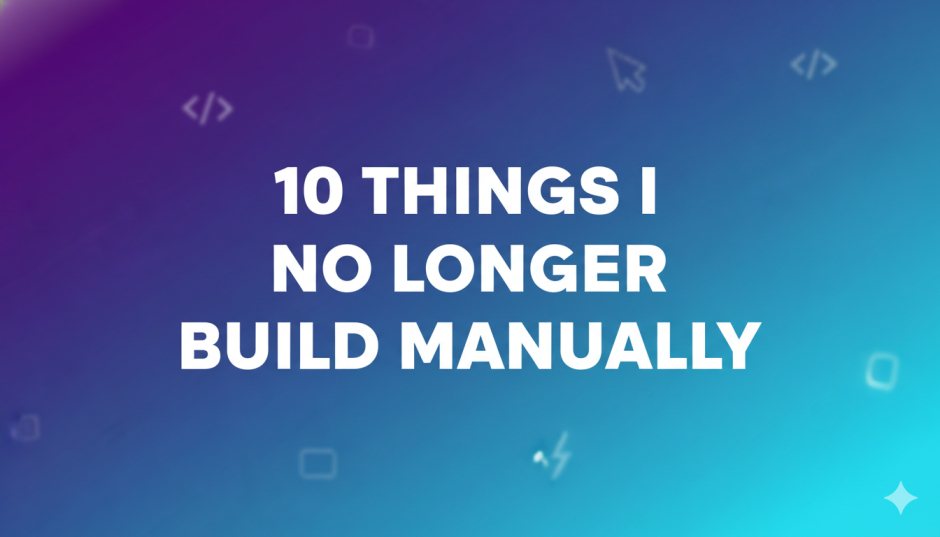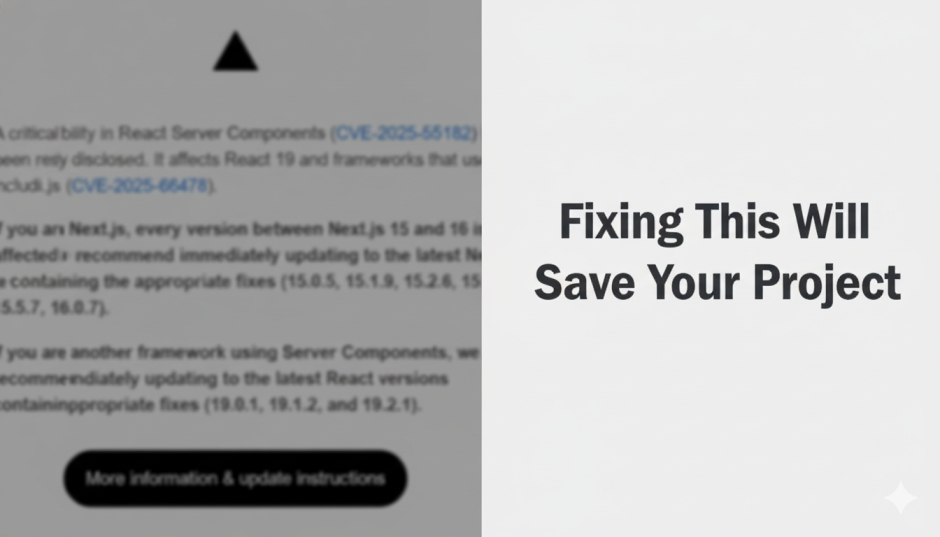The Easiest Way to Design a Database from Zero

When I started learning database design, I used to just open PostgreSQL and create tables right away. Later I realized that’s the wrong way. A database is not just a collection of tables. It’s a structure that represents your app’s logic and relationships. If the design is messy, your project will feel heavy and confusing very soon.
So in this blog, I’ll explain how I now approach designing a database from scratch, using PostgreSQL examples, and how you can do the same even if you’re just starting out.
1. Start with the problem, not the tables
Before creating a single table, I sit down and understand the problem I’m solving. I ask myself a few questions:
- What kind of data will my app store?
- How do different pieces of that data connect?
- What type of queries will I run most often?
Let’s say I’m building a task management app. I imagine how it works:
- A user can have multiple projects.
- Each project has multiple tasks.
- Each task might have comments or labels.
Once you think like this, you can already see three main entities: users, projects, and tasks. You can even draw this on paper to visualize the relationships before touching SQL.
2. Define entities and their relationships
Now that I know my main entities, I list their attributes.
For example:
users
- id
- name
- created_at
projects
- id
- user_id (foreign key)
- title
- description
- created_at
tasks
- id
- project_id (foreign key)
- title
- is_completed
- due_date
At this stage, I figure out the relationships:
- One user can have many projects.
- One project can have many tasks.
This is a one-to-many relationship. In PostgreSQL, this is handled using foreign keys.
Here’s what that looks like:
This structure alone can support most of the core features of a simple task manager app.
3. Add many-to-many relationships when needed
Sometimes your data needs a more flexible connection. For example, if I want to allow users to share projects with other users, then one project can belong to multiple users. That’s a many-to-many relationship.
To represent that, I create a join table like this:
Now any project can have multiple users collaborating on it. You can later use a query to find all projects for a specific user or all users who have access to a project.
4. Choose the right data types and constraints
Data types matter more than people think. For example, I’ve seen people store boolean values as strings like "true" or "false", which is unnecessary in PostgreSQL since it has a proper BOOLEAN type.
A few small but useful choices I’ve learned:
- Use
TIMESTAMPorTIMESTAMPTZfor dates and times. - Use
TEXTonly when the content can be long, otherwise useVARCHARwith a sensible limit. - Always add
NOT NULLandDEFAULTwhere needed.
Constraints are your safety net. They prevent bad data from entering your database. For instance, an empty email field or duplicate user email can cause real issues later.
5. Normalize your data, but don’t overdo it
Normalization basically means splitting your data into smaller, logical tables so there’s no duplication. For example, if I had a status field for tasks like “Todo”, “In Progress”, and “Done”, I could create a separate statuses table and reference it from tasks.
But not everything needs to be normalized. If your app doesn’t need to frequently change the status values, keeping a simple status text column is fine. The key is balance. Over-normalizing makes queries too complex.
6. Think about real queries before finalizing
When designing, I imagine what queries I’ll actually run. For the task manager example, I know I’ll need queries like:
- “Show me all projects by a user.”
- “List all tasks in a project.”
- “Count completed tasks.”
This helps me see if I need indexes. For example, since I’ll often filter tasks by project or completion status, I might create indexes like this:
A few small indexes can make a huge difference in performance once your data grows.
7. Add sample data and test your schema
Before building your full app, test your schema with dummy data. It helps you find design issues early.
Then run queries like:
If your queries feel natural and easy to write, that means your schema design is good. If they start getting complicated or repetitive, your relationships might need adjustment.
8. Plan for growth and flexibility
If your app becomes successful, your database will grow. So design with scalability in mind. For example, you can:
- Use indexes wisely to keep queries fast.
- Avoid unnecessary columns that store calculated data (calculate them in queries).
- Think ahead if you might need features like soft deletes (
deleted_atcolumn) or version tracking.
Also, naming conventions matter a lot as your project grows. Always use lowercase table names and snake_case for consistency, like user_projects instead of UserProjects.
9. Keep your schema easy to evolve
The reality is, no matter how perfect your design seems, you’ll change it later. Maybe you’ll add notifications or teams, or want to track task priority. So make sure your migrations are manageable.
If you use tools like Prisma, Sequelize, or Drizzle, they make schema evolution much easier with migrations. But even if you’re using raw SQL, you can handle it with versioned migration files.
Example:
Simple and clear.
10. Common mistakes to avoid
Here are a few mistakes I made early on that you should avoid:
- Using strings for everything instead of the right data types.
- Not adding foreign key constraints.
- Forgetting to add indexes for frequent queries.
- Making one giant table instead of several smaller related ones.
- Overusing JSON fields without need.
PostgreSQL gives you powerful features like JSONB and array columns, but they should be used when the data is really dynamic or unstructured. Otherwise, stick to relational design.
11. Example: Extending the task manager
Let’s say I now want users to comment on tasks. I can easily extend my schema:
Since everything was well-structured earlier, adding a new feature now is simple. That’s the real reward of clean design — it saves time later.
12. Wrapping up
Designing a database from scratch isn’t about memorizing syntax. It’s about thinking clearly about your data and how it connects.
Start with the problem. Identify your entities and relationships. Use proper data types and constraints. Normalize wisely. Test your schema with real use cases. And design it so it can grow with your app.
If you keep these steps in mind, you’ll end up with a database that’s reliable, flexible, and easy to maintain. PostgreSQL gives you all the tools — you just have to use them thoughtfully.



